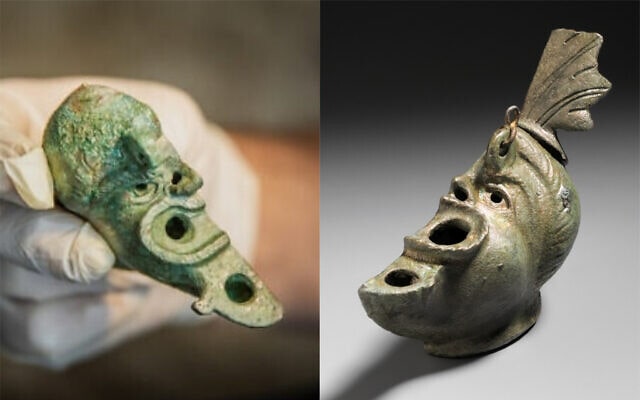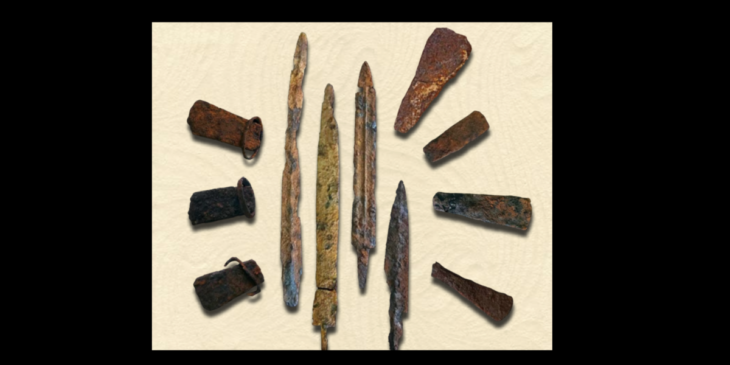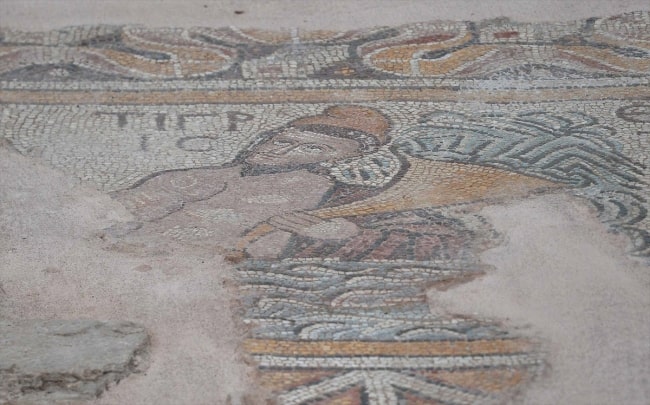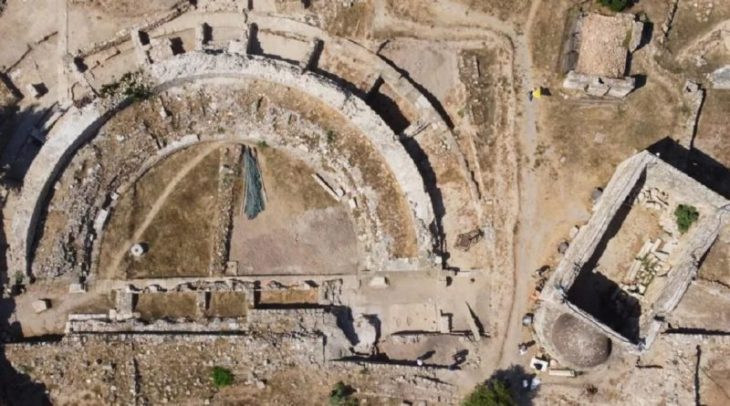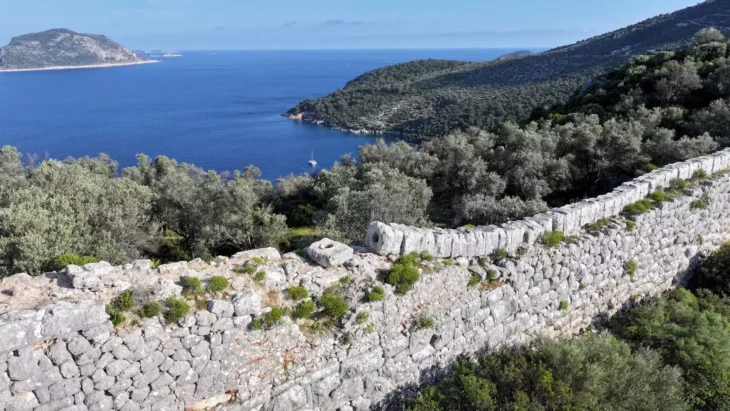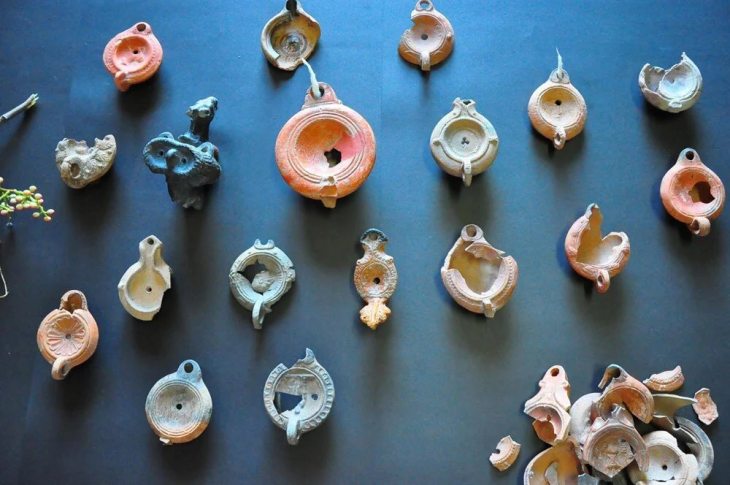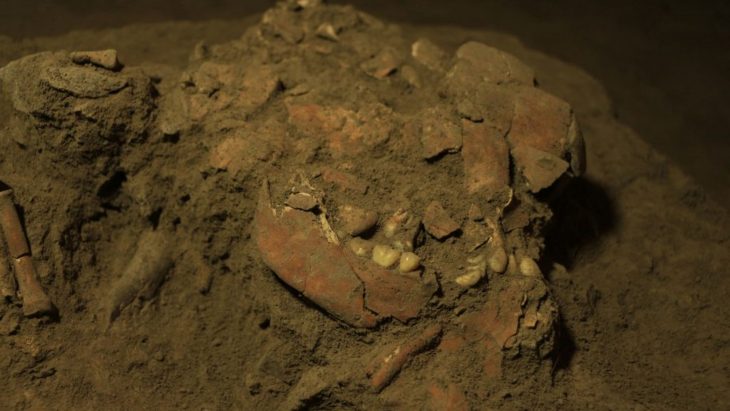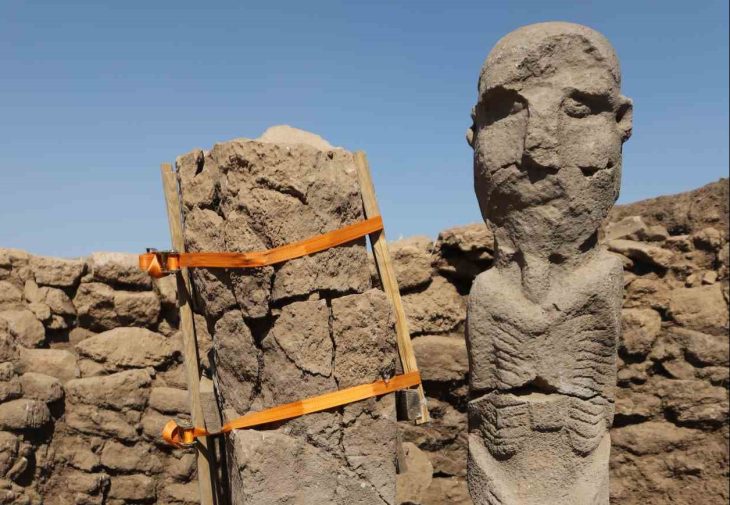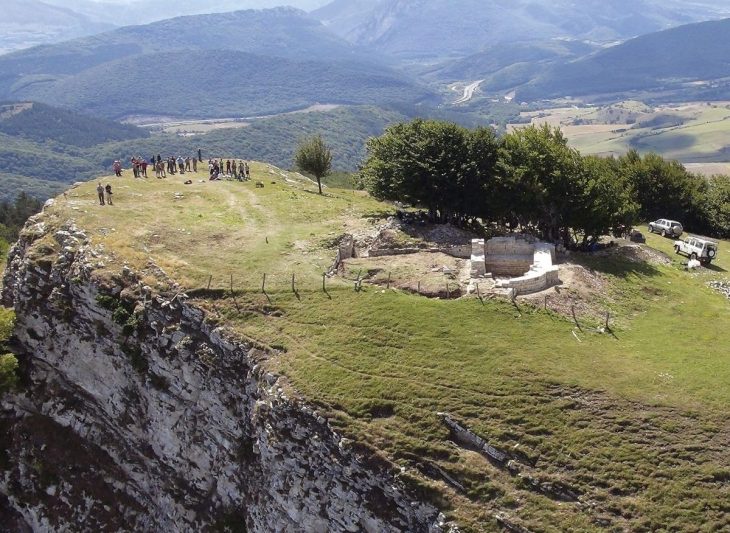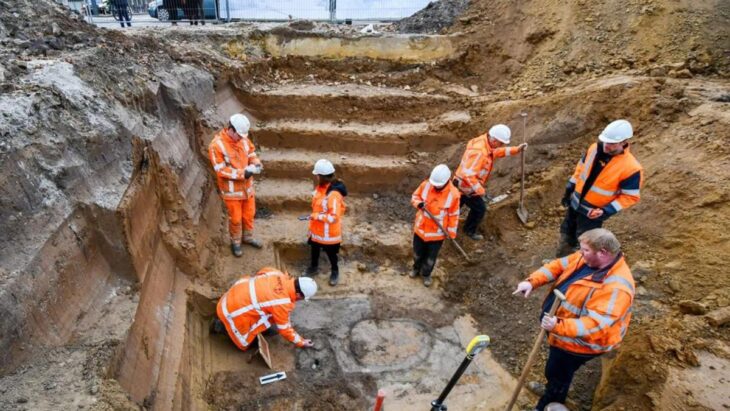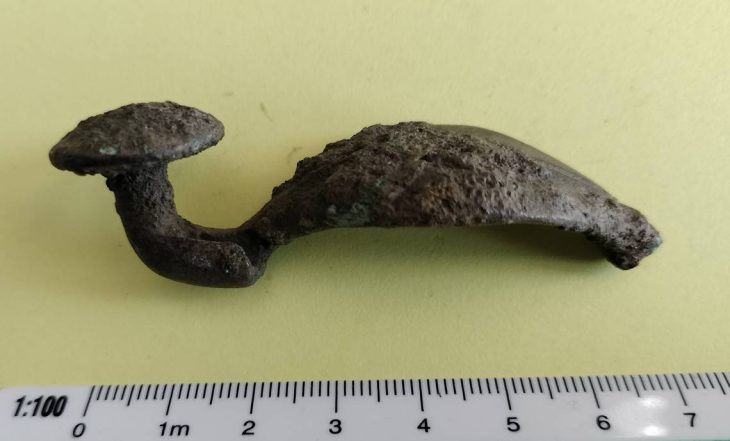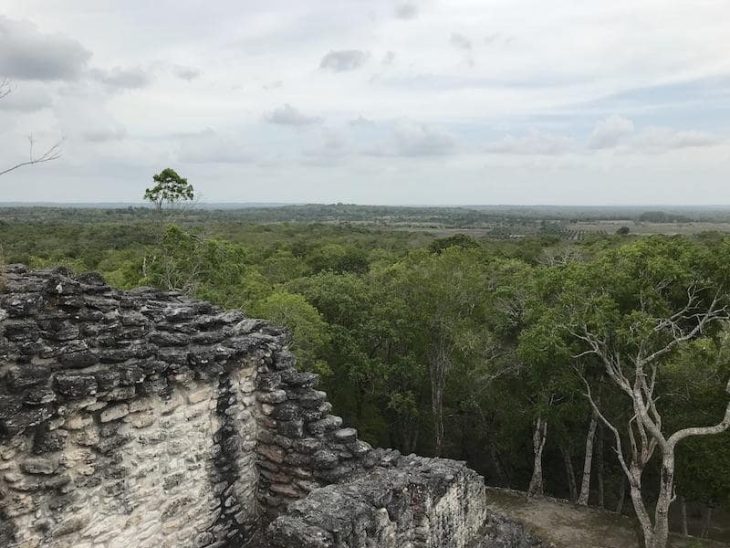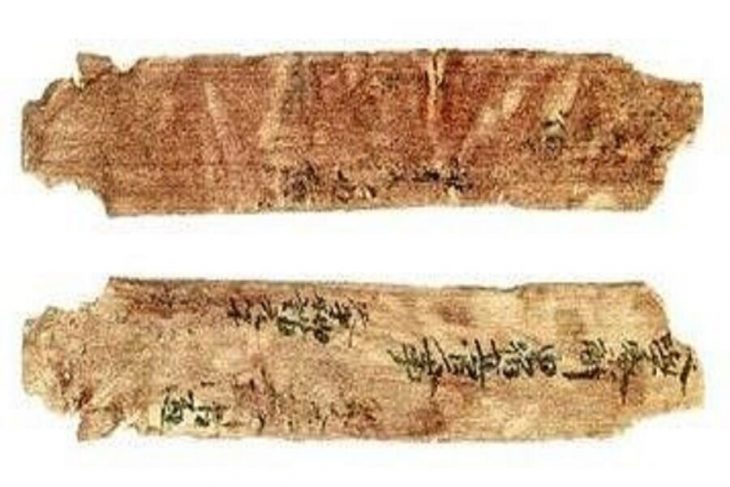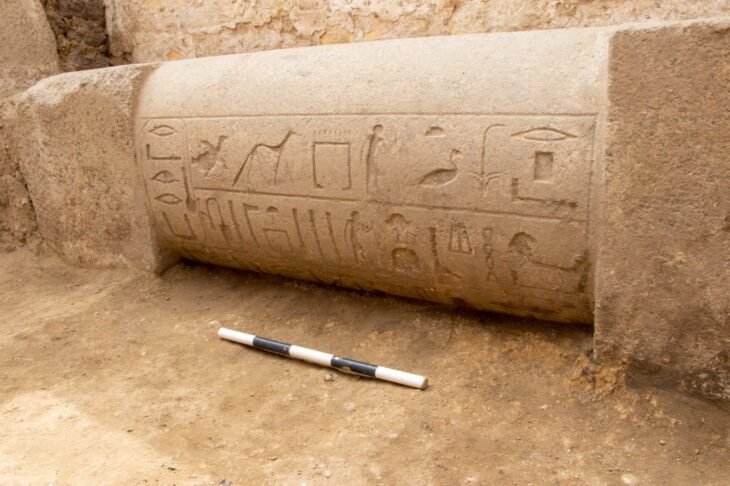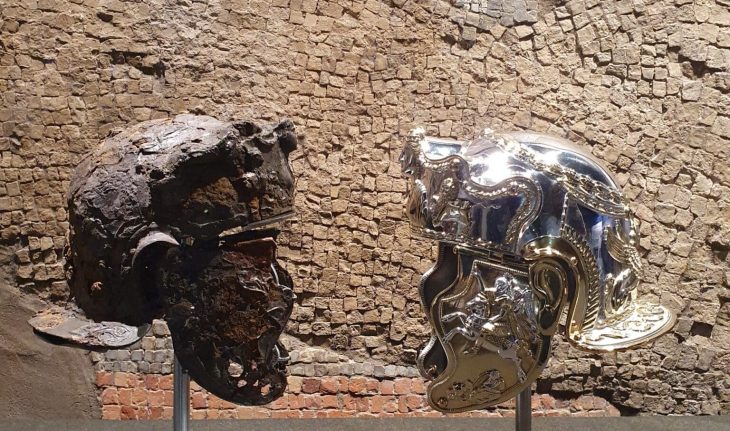We had recently reported on a grotesque lamp found in Jerusalem. The other half of the oil lamp, which is in the shape of a half-face, may have been found.
A 2,000-year-old oil lamp shaped like half of a grotesque face discovered in Jerusalem last week seems to have a mate, which was discovered nine years ago in Budapest.
The Israel Antiquities Authority announced last week that the lamp, dated to date from the late first or early second centuries CE, was the first of its kind discovered in Israel and one of only a few worldwide.
According to Jerusalem’s City of David archeological site, after the announcement of the find, Hungarian archeologist Dr. Gabor Lassanyi reached out to say that he may be in possession of the other half, which was uncovered during a 2012 excavation in Budapest.
“In an excavation, we conducted at Aquincum (modern-day Budapest), we found a remarkably rare object: at the bottom of the building, we discovered a bronze half-lamp depicting the right half of a face shaped like a Roman theater mask,” Lassanyi wrote to Ari Levy, the head of the Jerusalem excavation.
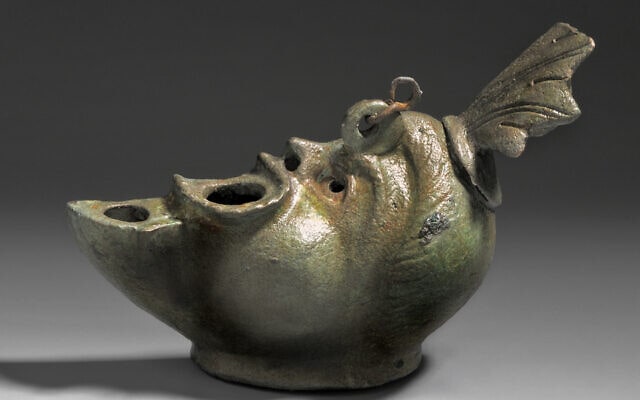
A bronze oil lamp discovered in Budapest in 2012 matched one found in Jerusalem’s City of David in May 2021. (Ágnes Bakos/Bence Tihanyi)
According to Lassanyi, “Only a few known creations that resemble this exist from this time period, and they sit in museums and throughout private collections in the world, yet none of them are like these two halves. It is very difficult to craft in such an accurate way, and therefore, it is likely that the two halves of the lamps were created in the same artisan house and may even have served as a pair to one complete piece.”
The lamp found in Jerusalem is on the left-hand side of a face, while the Budapest lamp is on the right-hand side.
Lassanyi and Levy discovered that the two lamps’ halves were identical in size when they first examined them. Furthermore, the lamp discovered in Hungary has a depressed connecting slot, while the lamp discovered in Israel has a protruding ridge, suggesting that they may be related.
According to a statement from the City of David, Israeli archeologists are currently exploring different options to determine if the two lamps are actually a similar pair, including the prospect of printing a three-dimensional model of the lamp in Israel and sending it to Hungary for researchers to try to link the two halves.
Source: The Times of Israel

